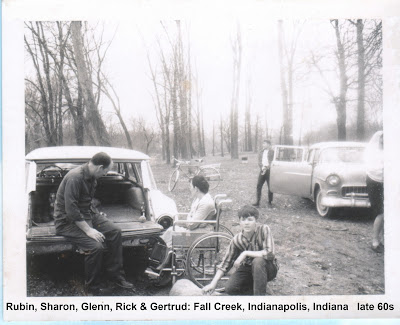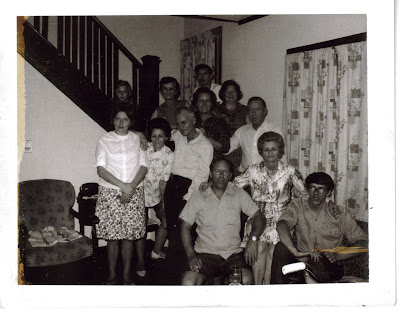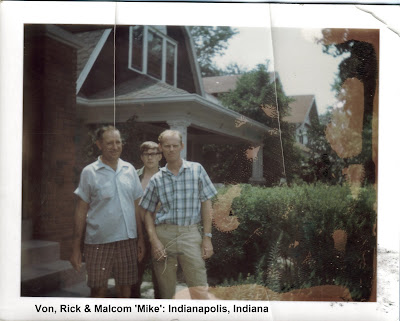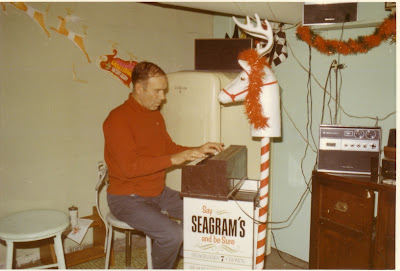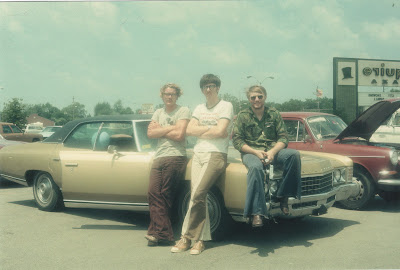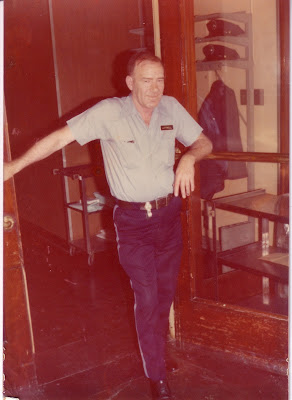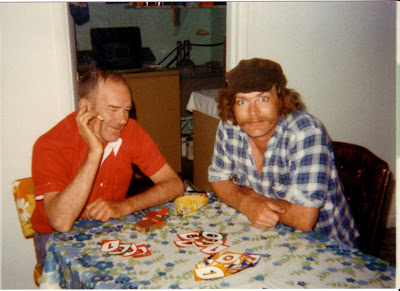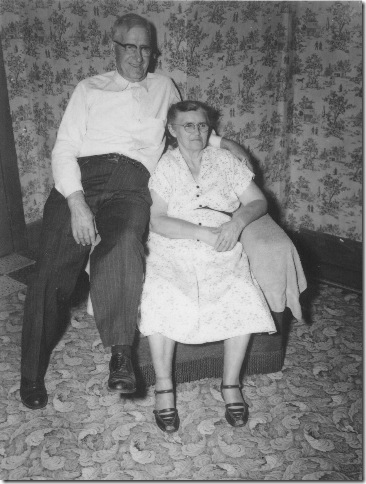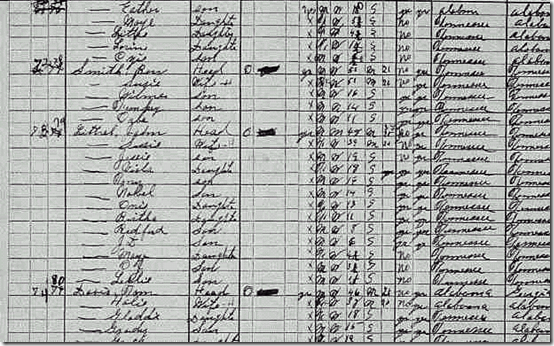The reference to the armistice and the “...11th hour of the 11th month...” should not be confused with the Treaty of Versailles. The armistice was the agreement to end hostility while peace treaties could be negotiated.
The Treaty of Versailles was just one of the peace treaties at the end of World War I. It ended the state of war between Germany and the Allied Powers. The other Central Powers on the German side of World War I were dealt with in separate treaties.
Although the armistice signed on November 11, 1918, ended the actual fighting, it took six months of negotiations at the Paris Peace Conference to conclude the peace treaty.
The armistice date was the most significant date for the fighting men and the victor nations involved as the late date signing of the Versailles and multiple other treaties were anticlimactic, at least until they were actually signed.
The reference to Rethondes may be a little confusing: Rethondes is a little village deep in the forest of Compiègne. The original source material used referenced Rethondes as the site the treaty was signed at, but the signing occurred next to the village not in it which explains why other sources refer to Rethondes or Compiegne or both. The French commander-in-chief Marshal Foch convened the armistice talks beside the tiny village with an eye towards secrecy because he wanted to shield the meeting from intrusive journalists, as well as spare the German delegation any hostile demonstrations by French locals.
Historically the Treaty of Versailles is sighted as a point of contention that led to a climate of frustration and resentment among the German people for decades after the treaty. The terms of the treaty were harsh upon the German people and was one of the circumstances that helped form a social and economic climate that accommodated the rise of Adolph Hitler and the Nazi party. But, just like the armistice date took on a more significant role to the victors than the treaty date so did the armistice site take on a more significant role to the defeated than the treaty location of Versailles. As important as the the treaty was to the German mindset the actual armistice site was held as a major embarrassment to the people as well:
When Adolf Hitler received word from the French government that they wished to negotiate an armistice, Hitler selected Compiègne Forest near Compiègne as the site for the negotiations. As Compiègne was the site of the 1918 Armistice ending the Great War with a humiliating defeat for Germany, Hitler decided to sign the armistice in the same rail carriage where the Germans had signed the 1918 armistice.... a supreme moment of revenge for Germany.
...In the very same railway carriage in which the 1918 Armistice was signed (removed from a museum building and placed on the precise spot where it was located in 1918), Hitler sat in the same chair in which Marshal Ferdinand Foch had sat when he faced the representatives of the defeated German Empire. After listening to the reading of the preamble, Hitler – in a calculated gesture of disdain to the French delegates – left the carriage, as Foch had done in 1918, leaving the negotiations to his High Command of the Armed Forces Chief, General Wilhelm Keitel.
Even in the per-amble of the 1940 Armistice was the reference to the 1918 Armistice: “...which was felt by the German peoples as the deepest humiliation of all time.”
Three days later, on Hitler's orders, the Armistice site was demolished by the Germans. The carriage itself was taken to Berlin as a trophy of war, along with pieces of a large stone tablet which bore the inscription (in French):
- “HERE ON THE ELEVENTH OF NOVEMBER 1918 SUCCUMBED THE CRIMINAL PRIDE OF THE GERMAN REICH. VANQUISHED BY THE FREE PEOPLES WHICH IT TRIED TO ENSLAVE.”
The Alsace-Lorraine Monument (depicting a German eagle impaled by a sword) was destroyed and all evidence of the site was obliterated, with the notable exception of the statue of Marshal Foch: Hitler intentionally ordered it to be left intact so that it would be honoring only a wasteland. The railway carriage itself was taken to Crawinkel in Thuringia in 1945, where it was destroyed by SS troops and the remained buried *footnote.
After the second world war, German POW labor was used to restore the armistice site to its former state. The stone tablet's pieces were recovered and reassembled, and a replica of the railway carriage placed at the restored site and the Alsace-Lorraine monument was rebuilt.
After the reunification of Germany in 1989, those who witnessed the event came forth with earlier relics. Various components were returned to the French General Gamache in Compiègne in 1992. In 1994 a small oak commemorating the "hope for peace" was dug up from the destruction site in Crawinkel and transplanted to Compiègne.
by Glenn Littrell
159
*footnote: other sources say it was destroyed in a British air raid.
Südthüringer Zeitung (South Thuringia Newspaper) on 11 May 1991, "Hitler's Salon Wagon Found in the village of Crawinkel".
Commager, Henry Steele (1945). The Story of the Second World War. Boston: Little, Brown.
Friedrich, Otto (4 September 1989). "Desperate Years". Time.
Elaine, Sciolino (2 November 2008). "North of Paris, a Forest of History and Fantasy". New York Times.

